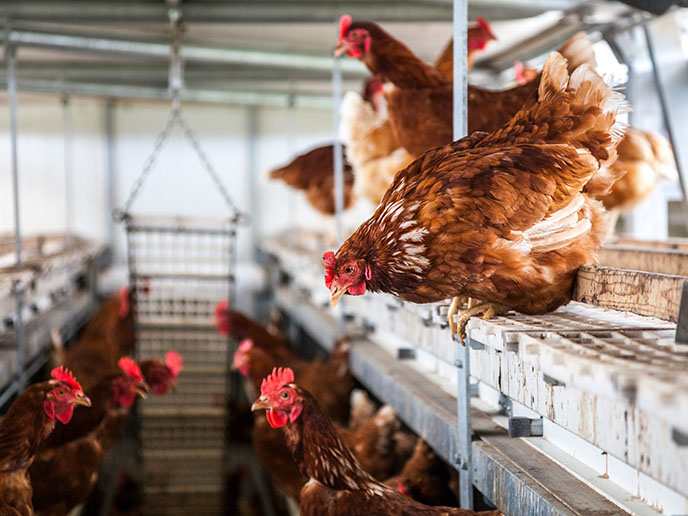Revealing the metabolic survival strategies of soil microbes
Soil microorganisms often face harsh, changing conditions – in temperate soils and deserts. Much of the soil microbial diversity is contained in a ‘microbial seed bank’. Here, it has been assumed the majority remain dormant at any given time, with different members resuscitated if environmental conditions change. The DormantMicrobes (Revealing the function of dormant soil microorganisms and the cues for their awakening) project, supported by the European Research Council(opens in new window), was set up to explore how soil microorganisms are equipped for dormancy in desert soil crusts and temperate soils, and investigated some of the environmental cues that can lead to resuscitation. “Previously, there was little information about the ratio of active to dormant cells in soil, let alone the actual strategies used to cope with harsh conditions,” explains project coordinator Dagmar Woebken from the University of Vienna(opens in new window).
A range of survival strategies
Woebken’s team has been working with microorganisms that inhabit soil crusts in the Negev Desert using two state-of-the-art methods: NanoSIMS and meta-omics. Lack of water limits activity in desert soil crusts, so the project explored microbial reactivation in the lab by mimicking rain. Stable isotope probing was applied by using ‘heavy water’ – water containing the rare isotope deuterium instead of hydrogen. Cells that incorporated deuterium, functioning as a marker, were tracked to follow reactivation over time at the single-cell level using NanoSIMS. “Our data confirmed that some of the cells do indeed remain dormant, probably as an insurance policy for the community,” says Woebken. To uncover potential genes and pathways essential for dormancy and resuscitation, a meta-omics approach was also applied to sequence the DNA and mRNA of the soil crust-inhabiting microorganisms. “We constructed almost complete genomes, uncovering a large diversity of previously unknown soil microorganisms. These data also revealed a large variety of strategies microbes use to survive unfavourable conditions,” Woebken adds. These survival mechanisms included the ‘feast-and-famine’ strategy, where microbes react to sudden pulses of water by using organic nutrients as energy sources, or by generating resting stages. Furthermore, the production of reactive oxygen that otherwise damages DNA and proteins can be reduced. Cells contain enzymes that protect or repair these important cell components. A particularly interesting strategy is the generation of energy by scavenging atmospheric gases such as hydrogen. Expanding on this finding, the team also found atmospheric gas scavenging across temperate soils and have identified some novel and ubiquitous taxa exhibiting this potential(opens in new window). “We discovered this metabolic capacity in very successful soil microbes called acidobacteria,” says Woebken. “This capacity also occurs widely in other soil microbes, in completely different soil environments and with different stressors, illustrating its prominence as a survival strategy.” The researchers are now devoting their efforts to investigating whether or not this is the case. Their findings will also enable them to determine if microorganisms in less arid soils are as equipped to sustain droughts as their desert cousins are.
Ensuring biodiversity
The increased prevalence of droughts and desertification are just two hallmarks of the impact that man-made climate change is exerting on many of the Earth’s ecosystems. “Better understanding the mechanisms that microorganisms have adapted to survive a lack of water and to quickly reactivate when it becomes available again, helps us appreciate how biodiversity can exist in these ecosystems. This knowledge could help future climate change mitigation efforts,” concludes Woebken.







